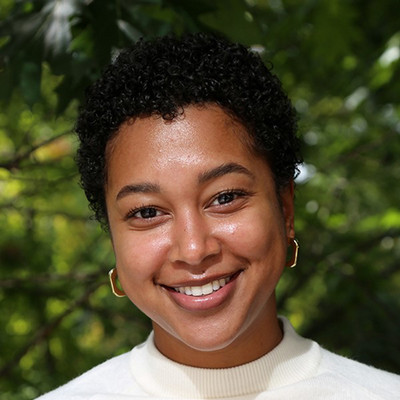 Welcome back to my chronicle of this summer and the HOMIES’ TCP project. Last time, I talked about the process of choosing a project and establishing a team. Today, I am going to get into the meat and potatoes of our project, the actual work.
Welcome back to my chronicle of this summer and the HOMIES’ TCP project. Last time, I talked about the process of choosing a project and establishing a team. Today, I am going to get into the meat and potatoes of our project, the actual work.
Our team truly hit the ground running as soon as the project began. We drafted our letter of agreement outlining the deliverables for our client, selected an advisor, and held our first client meeting in the span of a week. Being met with sincere enthusiasm from our client only fueled us to run faster. But not too long after starting the project, we ran into a roadblock. We didn’t know enough about the problem we were trying to address. We were so focused on the solutions that we didn’t give ourselves enough time to really understand the problem. Side note. When you’re doing consulting or project work, the problem you’re presented with is never really the problem. Well, it is. But not the full problem. And this is why it’s important to give space for discovery. In our haste, we forgot to ask key questions to see if the solutions pooling in our minds would even be viable or sustainable. Luckily, we made this mistake early in the project. So, we paused, took a step back, and reorganized ourselves. Queue our first trip to New Bedford and second client meeting.
Being able to drive around the city we were consulting for and meeting with community leaders was exactly what we needed. We flooded our client and guests with questions (sorry Carl!) and gained a better understanding of the housing situation in New Bedford and of the work that was already being done! Equipped with new knowledge, we went back to the drawing board. Our group eventually split into two paths, creating a housing consortium to strengthen and unify existing work addressing affordable housing barriers, and identification of best practices for how to further address and remove those barriers. Half of the team went into the world of literature reviews and benchmarking while the other team members conducted stakeholder interviews and crafted a draft charter for the future consortium. While we were technically split, our work certainly complimented and built on top of each other, a common theme in all the TCP projects this year! We continued to meet, ideate, test, interview, coordinate with our client, and get insight from our advisor throughout the summer. Each step forward further energized our work and validated that we were moving in the right direction.
Another side note. Doing consulting work can be the biggest opportunity for imposter syndrome to creep in. When you’re asked to step into a space you may not have much experience in and transform it, that can feel very big. Almost too big. But, you have to trust in the work you put in, trust in your team members, be encouraged by affirmations in the process, and be open to redirection when it happens! That’s what we did this summer, and thankfully our client loved the work that came out of the process.
Now, you may be wondering, how did we synthesize all of these months of information for our client, professors, and interested viewers? Well, stay tuned for the final installment of our TCP story where I will be sharing about our final presentation! See you soon!
